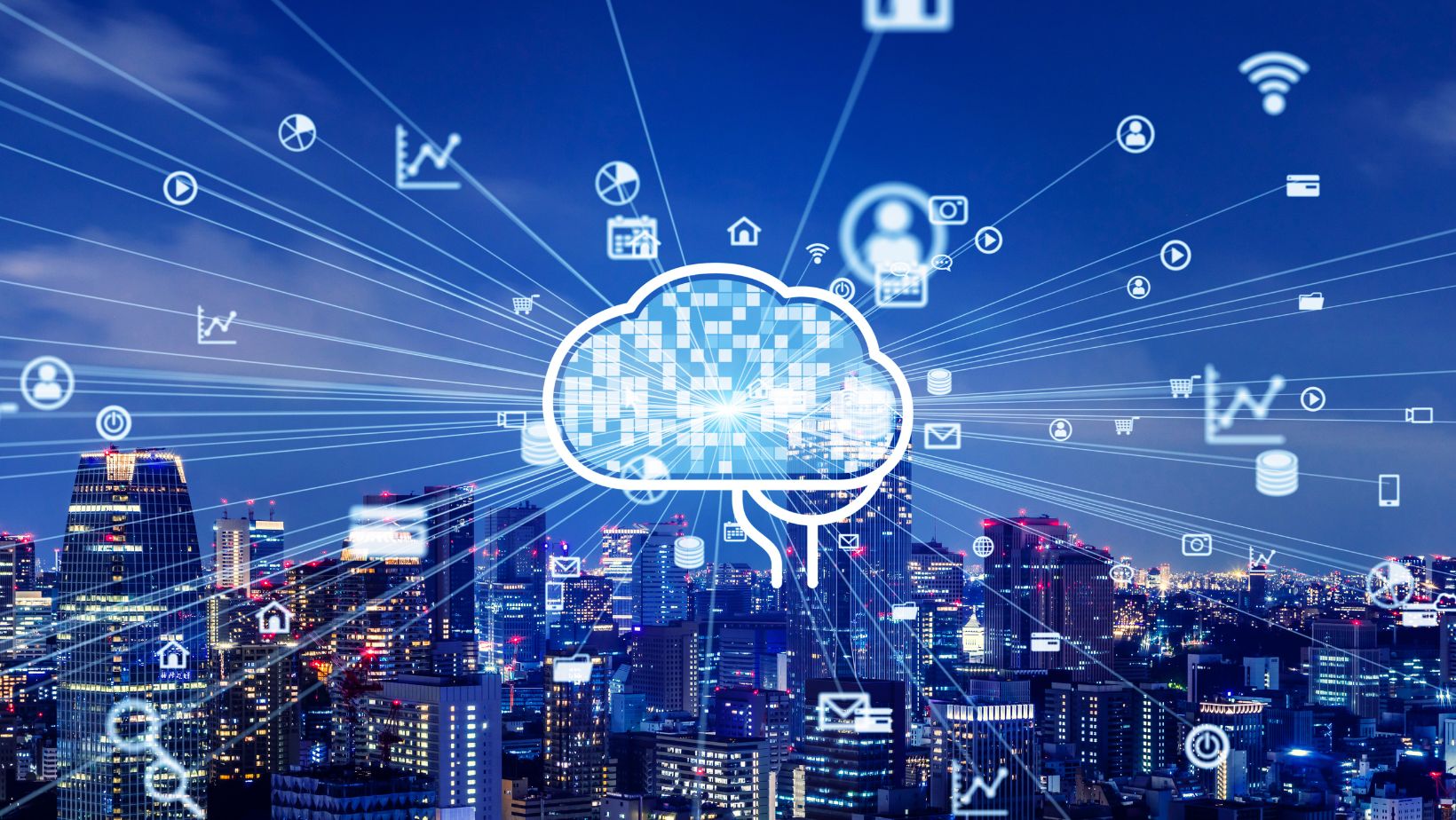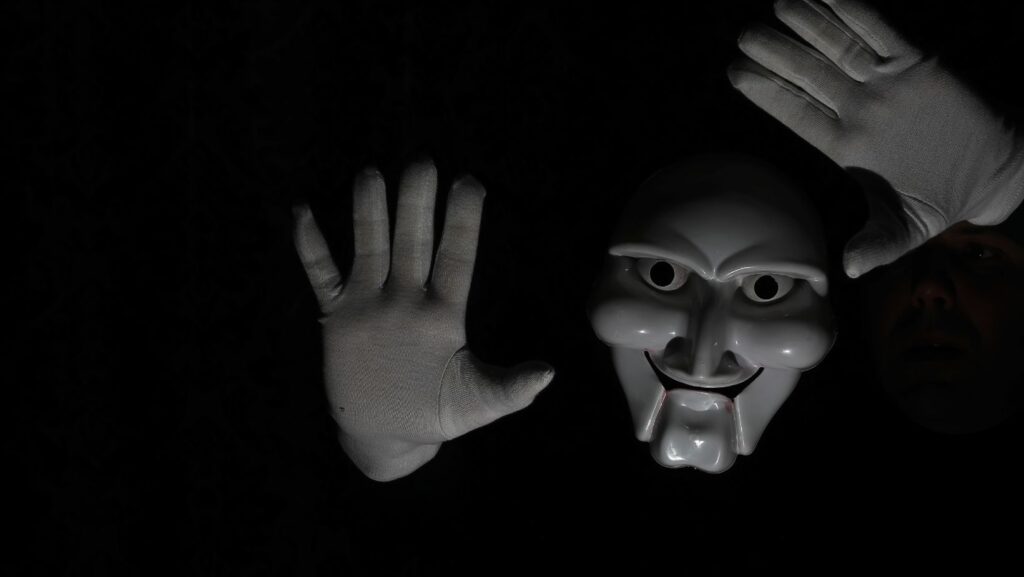
Scary AI Images
Artificial intelligence (AI) has revolutionized various creative fields, including the creation of images. While AI-generated art can be stunningly beautiful, it can also venture into darker and unsettling territories. One particular genre that has gained attention is scary AI images. These images, generated by AI algorithms, often evoke feelings of unease, fear, and the uncanny. In this article, we will explore the phenomenon of scary AI images, how they are created, and why they captivate and disturb audiences.
Scary AI images refer to digital artwork generated by artificial intelligence that often explores themes of horror, surrealism, and the grotesque. These images might depict distorted faces, eerie landscapes, unsettling creatures, or nightmarish visions. The AI’s creative process, influenced by data and algorithms, can sometimes produce visuals that are not only unpredictable but also deeply unsettling to viewers.
AI-generated horror art takes many forms, including:
- Distorted human faces: AI can blend or distort facial features, often resulting in unsettling, surreal, or ghostly depictions of human-like figures.
- Monstrous or hybrid creatures: By combining elements from different species or images, AI can create bizarre and frightening hybrid animals or monsters.
- Uncanny environments: AI can generate landscapes that appear familiar yet unnervingly wrong, like decaying cities or infinite hallways that seem to stretch beyond reality.
These images tap into our primal fear of the unknown and often make us question what’s real or imagined.

How Are Scary AI Images Created?
The process of creating scary AI images often involves the use of deep learning algorithms and neural networks, which analyze vast datasets of images and patterns. Some common techniques include:
- Generative Adversarial Networks (GANs): GANs are a class of AI algorithms that consist of two neural networks—a “generator” that creates images and a “discriminator” that evaluates them. As the two networks compete with each other, the AI improves its ability to generate convincing images. This technique can sometimes result in images that feel off-kilter, eerie, or even scary.
- DeepDream: Developed by Google, DeepDream uses a neural network to find and enhance patterns in images, often resulting in psychedelic and creepy visuals. The AI looks for faces, eyes, and other features in images, which can cause it to exaggerate these elements, leading to unsettling, distorted results.
- Text-to-Image Generation: Some AI models, like DALL·E 2, allow users to input textual prompts and generate corresponding images. If a prompt is designed with eerie or surreal language—like “a haunted mansion in a foggy forest”—the AI will attempt to create a visual that matches the description, sometimes resulting in unnerving imagery.

Why Are Scary AI Images So Fascinating?
While scary AI images can be disturbing, they have a certain allure that draws people in. Part of this fascination comes from the fact that AI is creating something that feels otherworldly, yet eerily close to what we can imagine. The uncanny valley—a psychological phenomenon where something looks almost human but not quite right—plays a significant role in our reaction to these images.
Moreover, scary AI art taps into the universal appeal of horror and surrealism. As humans, we are naturally drawn to the unknown, the weird, and the creepy. These AI-generated images allow us to explore our fears and anxieties in a digital, controlled space, making them a form of entertainment and artistic expression.
Scary AI images are beginning to gain traction in online communities, where they are shared, analyzed, and appreciated for their bizarre and unsettling qualities. They have found a place in horror art, internet memes, and social media trends. AI horror images often go viral, with users engaging in discussions about their eerie qualities and speculating on how the AI generated them. Some artists are also using AI to create more deliberately creepy works. These pieces blend technology with traditional horror tropes, adding a modern twist to classic horror aesthetics. As AI technology improves, it is likely that we will see even more sophisticated and unsettling creations emerge from the digital realm.

